 I invite all cis and trans men to bring our best Kenergy to this year’s United States Conference on HIV/AIDS and stand up for Black Women like Ken stands up for Barbie. Sometimes as men we don’t understand how important it is to show up and be present and caring when it’s not about us. USCHA thanks, appreciates, and loves all the women (cis and trans) who commit their lives to ending the epidemic. We are stronger and better because you are here.
I invite all cis and trans men to bring our best Kenergy to this year’s United States Conference on HIV/AIDS and stand up for Black Women like Ken stands up for Barbie. Sometimes as men we don’t understand how important it is to show up and be present and caring when it’s not about us. USCHA thanks, appreciates, and loves all the women (cis and trans) who commit their lives to ending the epidemic. We are stronger and better because you are here.
 As a child I loved my Barbie, especially the little plastic high heels. Looking back, I am grateful that my mother allowed me to play with her without shame. Yet even with mom’s support, I knew the world did not want boys to play with dolls. We were supposed to like guns and GI Joe. Not me. I wanted the Dream House and Ken. Like Ken believes in Barbie, I believe in Black Women. They taught me about unconditional love and acceptance. They helped me to understand that I did not have to live my parent’s dream to be a dentist. I could be an outrageous Queen. Black Women gave me a roadmap and courage to break away from my family’s expectations, and I am eternally grateful.
As a child I loved my Barbie, especially the little plastic high heels. Looking back, I am grateful that my mother allowed me to play with her without shame. Yet even with mom’s support, I knew the world did not want boys to play with dolls. We were supposed to like guns and GI Joe. Not me. I wanted the Dream House and Ken. Like Ken believes in Barbie, I believe in Black Women. They taught me about unconditional love and acceptance. They helped me to understand that I did not have to live my parent’s dream to be a dentist. I could be an outrageous Queen. Black Women gave me a roadmap and courage to break away from my family’s expectations, and I am eternally grateful.
Remember Black women (cis & trans) are not monolithic. Workshops, posters, plenaries, and special events will paint a picture of their beautiful complexity, but there is so much more. Unfortunately, there is not enough time or space to honor everyone who should be honored. We can only give a snapshot. An outside advisory committee of Black Women provided counsel and worked collaboratively on the details. Whenever possible, we used Black Women owned businesses and technical staff. The gathering won’t be perfect, but it will be community.

I got some hateful messages asking “why is the meeting focusing on Black Women? Why a love letter?” It pisses me off and makes me sad. Do not put your shit on this important gathering! I will not let the haters steal our joy as USCHA grinds to stand in Black Girl Magic. There is too much to accomplish, and the women of NMAC and our movement have labored too hard to create a vibe and positive experience.
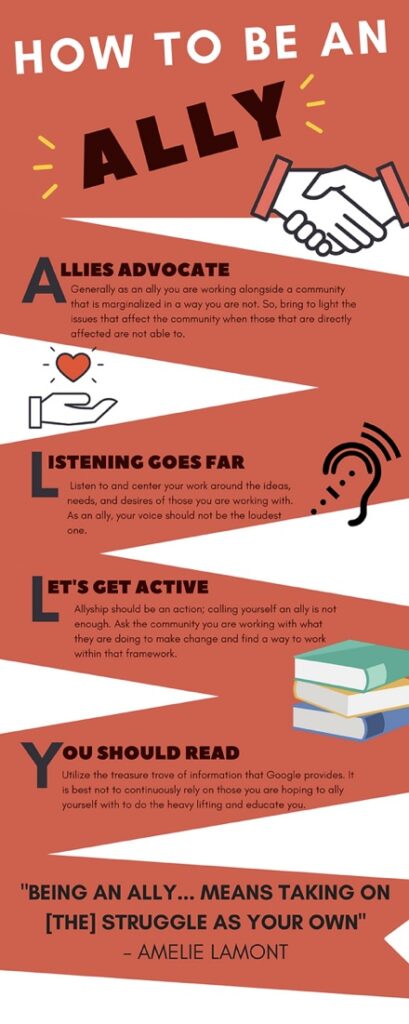 For the men attending USCHA, I need you to be an ally, to be your best version of Ken. Too often if it’s not about us, then we aren’t interested. Part of the reason the world feels out of control and scary is that America divided into camps and the crazy people took advantage of our silos. Alone we might not be strong enough, but together we are a force of nature that can change the world. As the radical right goes after women, people of color, LBGTQ community, gun control, climate change, immigrants, affirmative action, and too many others, we must stand together. It starts by showing up and listening.
For the men attending USCHA, I need you to be an ally, to be your best version of Ken. Too often if it’s not about us, then we aren’t interested. Part of the reason the world feels out of control and scary is that America divided into camps and the crazy people took advantage of our silos. Alone we might not be strong enough, but together we are a force of nature that can change the world. As the radical right goes after women, people of color, LBGTQ community, gun control, climate change, immigrants, affirmative action, and too many others, we must stand together. It starts by showing up and listening.
Here is what you need to be mad about, License to Discriminate Riders were added to 11 different federal spending bills, including the bill that supports HIV services. House leaders have added riders that allow discrimination against LGBTQ people under the guise of religious liberty. These riders prohibit federal agencies from reducing or terminating federal contracts if an organization justifies their discrimination based on the belief that marriage should only be between a man and a woman.
Anti-Gender Affirming Care Riders were added to seven different federal spending bills that would restrict access to gender-affirming care or limit funding to organizations that provide gender-affirming care. Note: In the State, Foreign Operations, and Related Programs bill, the language also prohibits funds for any organization that “promotes transgenderism” which ultimately cuts off any organization that recognizes, affirms, and supports the transgender community.
Pride Flag Riders were added to seven spending bills. These riders would prohibit funds from being used to fly pride flags. Diversity, Equity, and Inclusion Riders (DEI) were added to 10 spending bills. These riders would prohibit funds from being used to implement, administer, apply, enforce, or carry out Executive Orders on DEI. Drag Show Riders were in the State and Defense budgets. They would prohibit these agencies from supporting events with drag queens, such as a drag queen story hour for children or the use of drag queens as military recruiters.
Be mad about these riders, especially since they can also be added to Continuing Resolutions (CR) that are used to keep the government open. NMAC is supporting PrEP4All and 60 other agencies to host a Press Conference the day prior to the start of USCHA in the Senate Swamp. We invite all USCHA attendees to join. More information will follow. The press conference will thank the Senate for restoring the domestic HIV budget, particularly funds for ending the HIV epidemic. Our movement will call on Congress to pass a clean budget or CR that has none of these discriminatory riders.
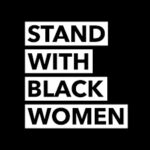 USCHA is a training camp to educate and update leaders to end the epidemics of HIV, STDs, and Hepatitis. It is also a “family reunion” that brings together advocates to support and share acceptance in a world that hates and discriminates against our right to exist. Our movement must stand with Black Women if we are ever going to end the HIV epidemic. Thank you for attending, I am really excited for everyone to experience what these remarkable women have curated.
USCHA is a training camp to educate and update leaders to end the epidemics of HIV, STDs, and Hepatitis. It is also a “family reunion” that brings together advocates to support and share acceptance in a world that hates and discriminates against our right to exist. Our movement must stand with Black Women if we are ever going to end the HIV epidemic. Thank you for attending, I am really excited for everyone to experience what these remarkable women have curated.
Our thoughts and prayers are with our colleagues at the Maui AIDS Foundation.
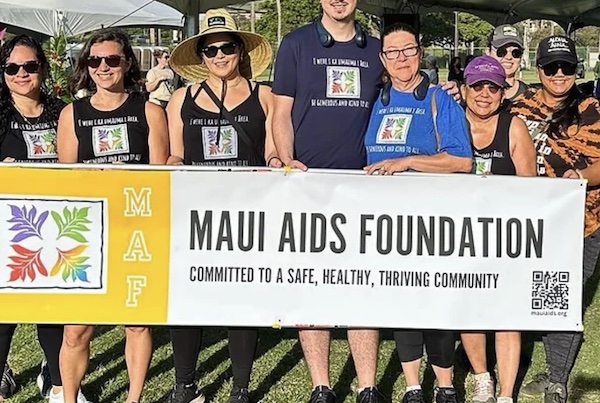
If you are able, here is the Maui Fire Relief Wish List. If you know anyone in Maui, here is a Fire Resource list.
I end this e-newsletter with sad news: Ernesto Aldana gained his wings.
Yours in the Struggle,
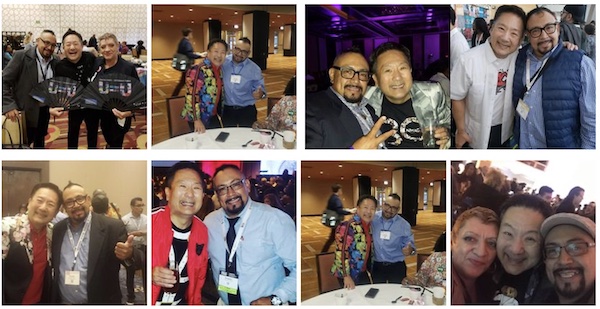


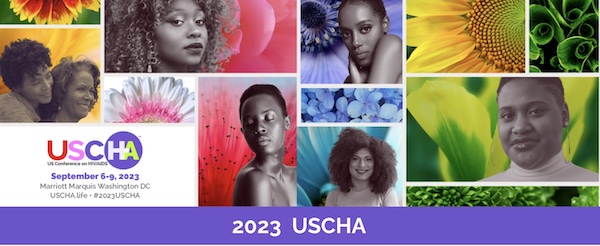








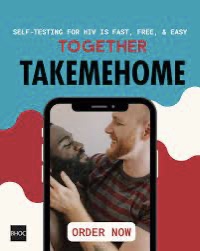

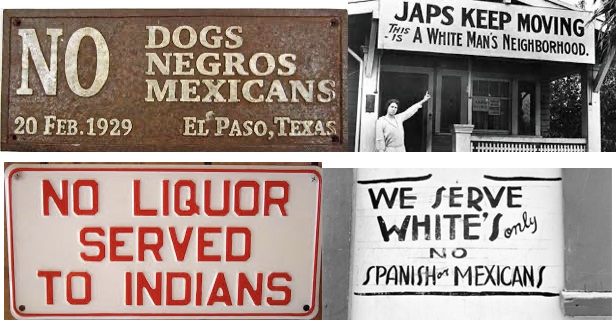
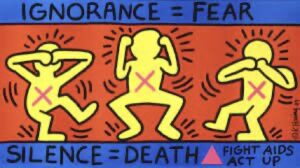
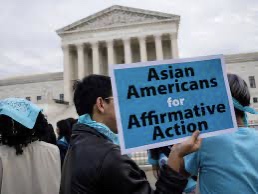
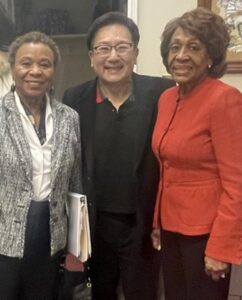
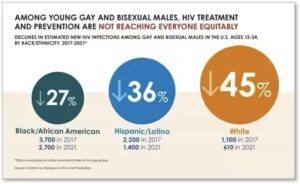

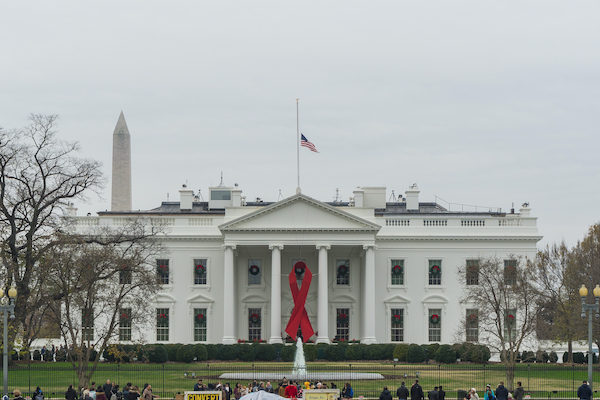
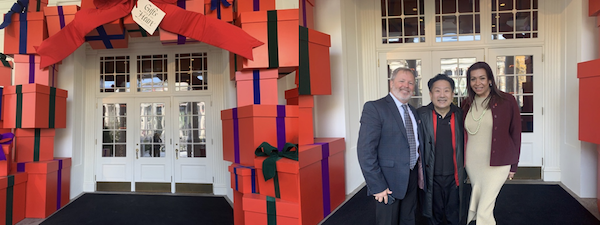

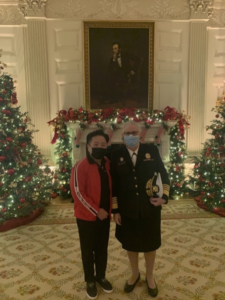
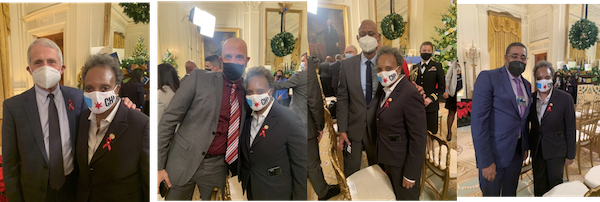
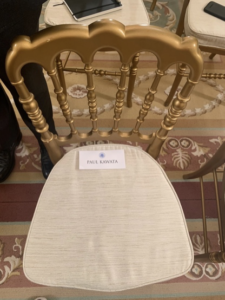
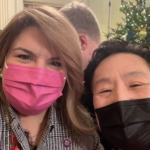
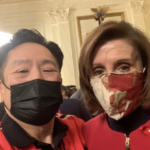
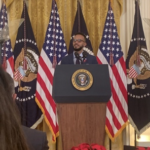
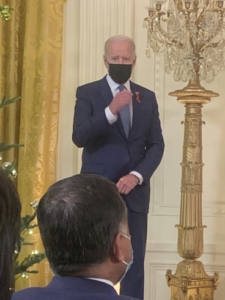
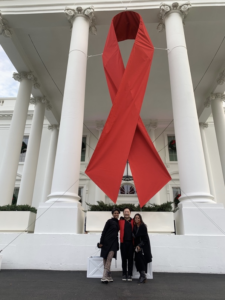
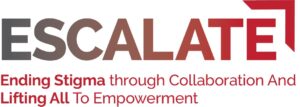

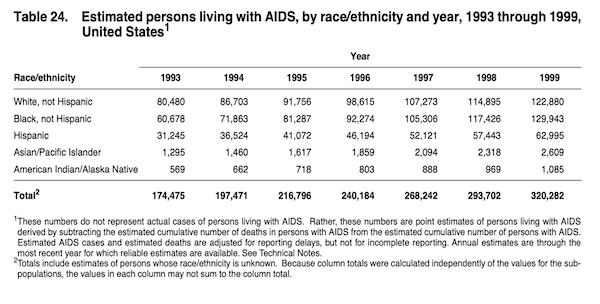
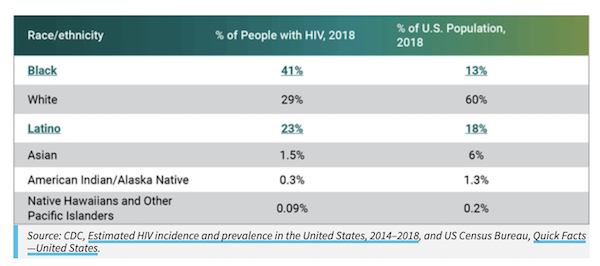
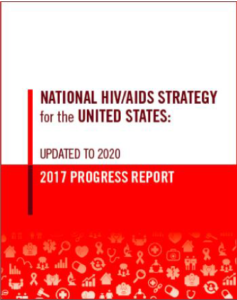


 NMAC opposes the Trump Administration’s proposed “gag rule” to remove Title X family planning funds from providers that offer abortion services or referrals. Such providers are a vital, life-saving point of entry to care for people living with HIV and to prevention services for those at higher risk for HIV, particularly people of color and those in lower-income communities.
NMAC opposes the Trump Administration’s proposed “gag rule” to remove Title X family planning funds from providers that offer abortion services or referrals. Such providers are a vital, life-saving point of entry to care for people living with HIV and to prevention services for those at higher risk for HIV, particularly people of color and those in lower-income communities. 
 an Option A or B Scholarship is 5:00 PM EST, Friday, June 29.
an Option A or B Scholarship is 5:00 PM EST, Friday, June 29.